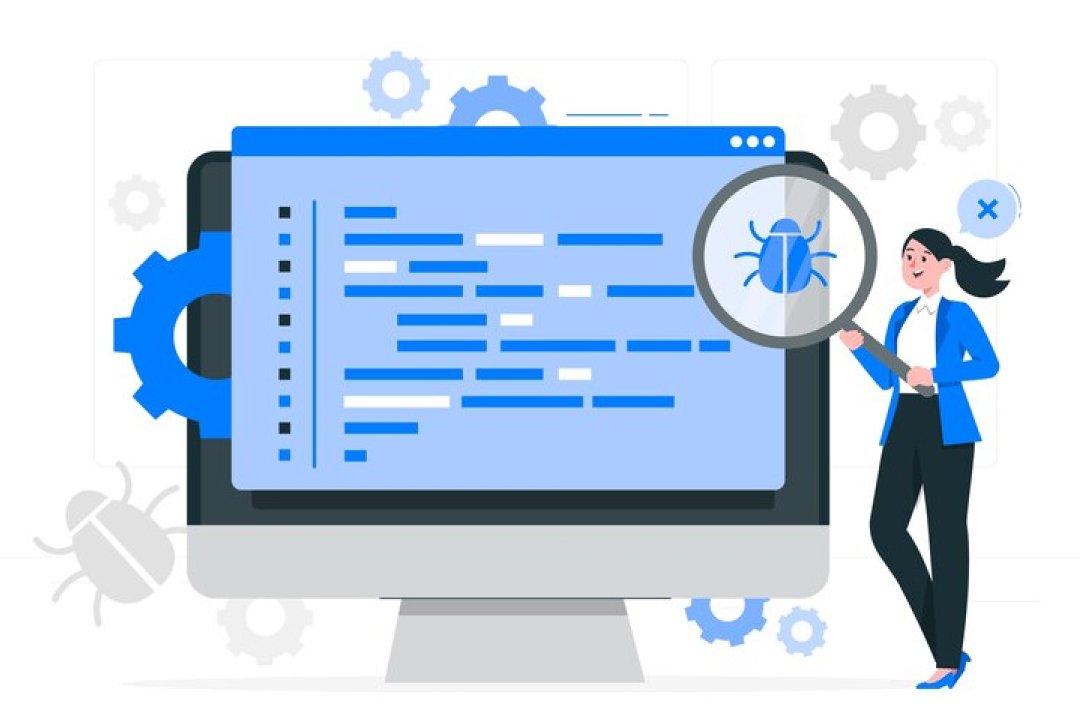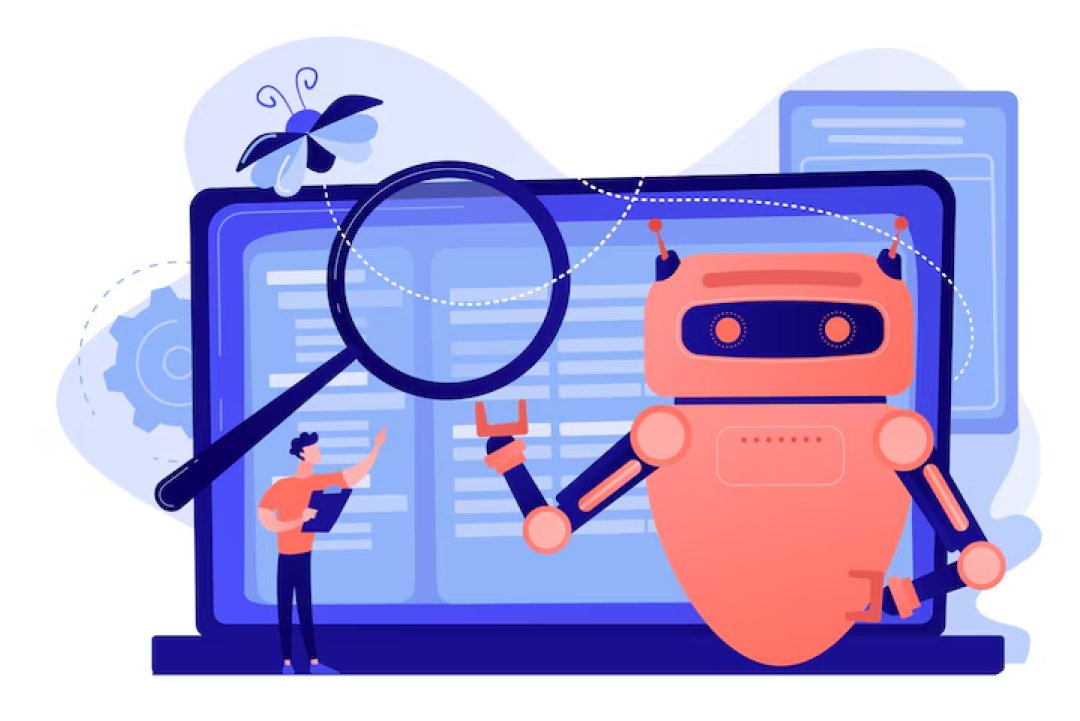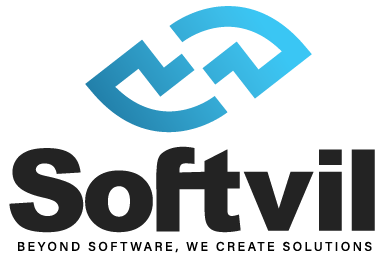Introduction
Software testing services are indispensable in the software development lifecycle, serving as the frontline defense against defects and ensuring the delivery of high-quality software products. Manual testing and automated testing are two prevalent methodologies employed in this pursuit.
Manual testing involves human testers meticulously evaluating software functionalities and user experiences, leveraging intuition and creativity to uncover potential issues. In contrast, automated testing utilizes specialized tools and scripts to streamline the testing process, offering efficiency and repeatability.
Both approaches play vital roles in ensuring software quality, with manual testing excelling in exploratory scenarios and automated testing providing scalability and efficiency for repetitive tasks. As organizations strive to meet evolving user demands and stringent quality standards, striking the right balance between manual and automated testing becomes imperative. By leveraging software testing services and adopting a holistic approach to quality assurance, businesses can mitigate risks, enhance customer satisfaction, and maintain a competitive edge in the dynamic landscape of software development.
Manual Testing

Definition and Explanation
Manual testing involves the meticulous execution of test cases by human testers, who systematically evaluate software functionalities and user experiences. Unlike automated testing, which relies on scripts and tools, manual testing requires human intervention to simulate real-world usage scenarios.
Advantages of Manual Testing
- Human Intuition and Creativity: Human testers bring unique insights and creativity to the testing process, enabling them to identify unexpected issues that automated tests might overlook.
- Effective for Exploratory Testing: Manual testing is particularly effective for exploratory testing, where testers explore the software organically to uncover hidden defects and usability issues.
- Suitable for Small-Scale Projects and One-Time Tests: For small-scale projects or one-time tests, manual testing offers a cost-effective solution without the overhead of automation setup.
Limitations of Manual Testing
- Time-Consuming and Labor-Intensive: Manual execution of test cases can be time-consuming and labor-intensive, especially for large and complex applications.
- Prone to Human Error: Human testers are susceptible to errors, leading to potential oversights and subjective biases in the testing process.
- Not Scalable for Large and Repetitive Tests: As projects scale up or require repetitive regression testing, manual testing becomes impractical and unsustainable due to its lack of scalability.
Examples of When Manual Testing is Preferred
- User Interface Testing: Assessing the software’s user interface for usability, aesthetics, and responsiveness.
- Ad-Hoc Testing: Exploratory testing to uncover defects and vulnerabilities not covered by scripted test cases.
- Usability Testing: Evaluating the software’s ease of use and user experience to ensure it meets user expectations and requirements.
Outsource software testing companies like Softvil Technologies (also known as Softvilmedia) provide specialized expertise in manual testing, offering tailored solutions to meet the diverse needs of clients across industries. Their experienced testers meticulously execute test cases, providing comprehensive validation and ensuring the delivery of high-quality software products.
Automated Testing

Definition and Explanation
Automated testing is a software testing technique that utilizes specialized tools and scripts to automate the execution of test cases, significantly reducing manual effort and enhancing efficiency. Through automation, repetitive test scenarios are executed systematically, allowing for rapid feedback and validation of software functionalities.
Advantages of Automated Software Testing
- Faster Execution and Higher Efficiency: Automated tests execute much faster than manual tests, enabling rapid feedback and faster time-to-market for software releases.
- Repeatability and Consistency: Automated tests ensure consistent and reliable results across multiple test runs, eliminating the variability associated with human testers.
- Scalable for Large Projects and Regression Testing: Automated testing is highly scalable and suitable for large-scale projects with extensive regression testing requirements, ensuring thorough validation of software changes.
- Suitable for Continuous Integration and Delivery (CI/CD) Pipelines: Automated tests can be seamlessly integrated into CI/CD pipelines, facilitating continuous integration and delivery practices and ensuring the stability of software builds.
Limitations of Automated Software Testing
- Initial Setup Time and Effort: Setting up automated tests requires a significant initial investment of time and effort, especially for complex applications with intricate test scenarios.
- Ineffective for Certain Types of Testing Like Usability Testing: Automated testing may not be suitable for certain types of testing, such as usability testing, which require human judgment and subjective evaluation.
- Requires Maintenance and Updates: Automated tests require ongoing maintenance and updates to adapt to changes in the software and testing requirements, increasing the overall overhead of test automation.
Examples of When Automated Testing is Preferred
- Regression Testing: Automated testing is particularly effective for regression testing, where repetitive test scenarios need to be executed to ensure that new changes do not introduce regressions into the software.
- Performance Testing: Automated tools can simulate thousands of virtual users to conduct performance testing, assessing the software’s scalability and responsiveness under various load conditions.
- API Testing: Automated testing is well-suited for API testing, where APIs are tested for functionality, reliability, and performance, ensuring seamless integration between software components.
Automated software testing plays a crucial role in modern software development practices, enabling organizations to achieve higher efficiency, scalability, and reliability in their testing processes.
Comparison

Cost-Effectiveness
Comparing the cost-effectiveness of manual and automated testing over time reveals nuanced insights. Initially, manual testing may seem more cost-effective due to lower setup costs. However, as projects evolve and require extensive regression testing, the cumulative labour costs associated with manual testing can surpass those of automated testing. Automated testing, despite requiring initial investments in setup and tooling, proves more cost-effective in the long run, offering significant savings through improved efficiency and reduced manual effort.
Speed and Efficiency
In terms of speed and efficiency, automated testing outperforms manual testing by a wide margin. Automated tests execute rapidly and consistently, significantly reducing testing cycles and accelerating time-to-market for software releases. Conversely, manual testing is inherently slower and more labour-intensive, relying on human testers to execute test cases manually, resulting in longer testing cycles and delays in software delivery.
Coverage
Automated testing provides broader coverage for various types of testing scenarios, including regression testing, performance testing, and API testing. Automated tests can execute a large number of test cases quickly, ensuring comprehensive coverage of software functionalities. In contrast, manual testing excels in certain areas such as usability testing, where human judgment and interaction are indispensable for thorough evaluation.
Reliability
Analyzing the reliability of test results from both manual and automated testing reveals distinct characteristics. Automated tests offer consistency and repeatability, ensuring reliable results across multiple test runs. However, automated tests may also produce false positives or false negatives if not implemented properly. Manual testing, while prone to human error, can provide valuable insights and subjective evaluations that automated tests may miss.
Adaptability
Examining how each approach adapts to changes in requirements and software updates highlights their respective strengths and weaknesses. Automated testing offers greater adaptability to changes, as test scripts can be easily modified and re-executed to accommodate evolving software functionalities. Manual testing, while flexible in certain aspects, may require more effort and time to adapt to changes, particularly in large-scale projects with complex testing scenarios.
In conclusion, while both manual and automated testing have their advantages and limitations, the choice between them depends on project requirements, budget constraints, and the desired level of testing coverage. Leveraging software testing services can help organizations navigate this decision-making process and implement a robust testing strategy tailored to their specific needs and objectives.
Choosing the Right Approach

Factors to Consider
When deciding between manual and automated testing, several critical factors come into play, each influencing the testing approach chosen:
- Project Requirements and Constraints: Understanding the specific requirements of the project is essential. Factors such as the complexity of the software, the criticality of functionalities, and regulatory compliance may dictate the need for either manual or automated testing.
- Budget and Resources Available: Budgetary constraints and resource availability play a significant role in determining the testing approach. While automated testing may require initial investments in tools and infrastructure, manual testing may incur higher long-term labor costs.
- Timeframe and Deadlines: Project timelines and deadlines often dictate the speed and efficiency required in testing. Automated testing can significantly accelerate testing cycles, making it suitable for projects with tight schedules and frequent releases.
- Type of Application Being Tested: The nature of the application being tested also influences the testing approach. For example, web applications with complex user interfaces may benefit from manual testing to assess usability and user experience, while API-driven applications may be more amenable to automated testing.
Best Practices
Integrating manual and automated testing within a software development lifecycle (SDLC) requires careful planning and execution. Some best practices include:
- Hybrid Approach: Adopting a hybrid approach that combines the strengths of manual and automated testing can maximize testing coverage and efficiency. Determine which test scenarios are best suited for automation and which require human judgment and interaction.
- Continuous Integration and Delivery (CI/CD): Integrate automated tests into CI/CD pipelines to enable rapid feedback and ensure the stability of software builds. Automated tests should run automatically whenever new code is committed, facilitating early detection of defects.
- Regular Evaluation and Optimization: Continuously evaluate and optimize the testing strategy based on feedback and lessons learned. Regularly review test cases to identify opportunities for automation and streamline the testing process.
- Training and Skill Development: Invest in training and skill development for testers to ensure they are equipped with the necessary knowledge and expertise to effectively conduct both manual and automated testing.
Softvil Technologies (also known as Softvilmedia), a leading provider of software testing services, specializes in helping organizations navigate the complexities of testing strategy and implementation. Leveraging their expertise and experience, Softvil Technologies assists clients in choosing the right testing approach tailored to their specific needs and objectives. By incorporating best practices and adopting a strategic approach to testing, organizations can achieve optimal testing coverage and ensure the delivery of high-quality software products.
Conclusion
In conclusion, the choice between manual and automated testing hinges on various factors such as project requirements, budget, timelines, and the nature of the application being tested. While manual testing offers flexibility and human judgment, automated testing provides speed, scalability, and repeatability. Striking the right balance between these approaches is crucial for achieving optimal testing coverage and efficiency.
By integrating manual and automated testing within the software development lifecycle (SDLC) and leveraging best practices, organizations can mitigate risks, accelerate time-to-market, and deliver high-quality software products that meet user expectations. Softvil Technologies, with its expertise in software testing services, stands ready to assist organizations in navigating this decision-making process and implementing a robust testing strategy tailored to their specific needs. With a strategic approach to testing, organizations can ensure the reliability, scalability, and success of their software applications in today’s competitive landscape.
FAQs
Manual testing involves human testers executing test cases manually to evaluate software functionalities and user experiences, while automated testing utilizes specialized tools and scripts to automate the execution of test cases, reducing manual effort and enhancing efficiency.
Manual testing is preferred for scenarios requiring human intuition and creativity, such as exploratory testing or usability testing. It is also suitable for small-scale projects with limited resources and one-time tests where automation overhead is unnecessary.
Automated testing offers faster execution and higher efficiency, ensuring repeatability and consistency of test results. It is scalable for large projects and regression testing, suitable for continuous integration and delivery (CI/CD) pipelines, and provides broader coverage for various testing scenarios.
Automated testing requires initial setup time and effort, may be ineffective for certain types of testing like usability testing, and necessitates ongoing maintenance and updates to adapt to changes in requirements and software updates.
To integrate manual and automated testing effectively, consider factors such as project requirements, budget, timelines, and the nature of the application being tested. Adopt a hybrid approach that combines the strengths of both methodologies, incorporate automated tests into CI/CD pipelines, regularly evaluate and optimize the testing strategy, and invest in training and skill development for testers.
About Softvil
Softvil Technologies is a leading expert in software testing and quality assurance (QA) services, specializing in delivering comprehensive solutions to ensure the reliability and performance of software applications. With a team of experienced professionals and cutting-edge technologies, Softvil Technologies offers a range of testing services tailored to meet the diverse needs of clients across industries. Softvil’s expertise in manual and automated testing methodologies enables organizations to mitigate risks, accelerate time-to-market, and deliver high-quality software products to their customers with confidence.

